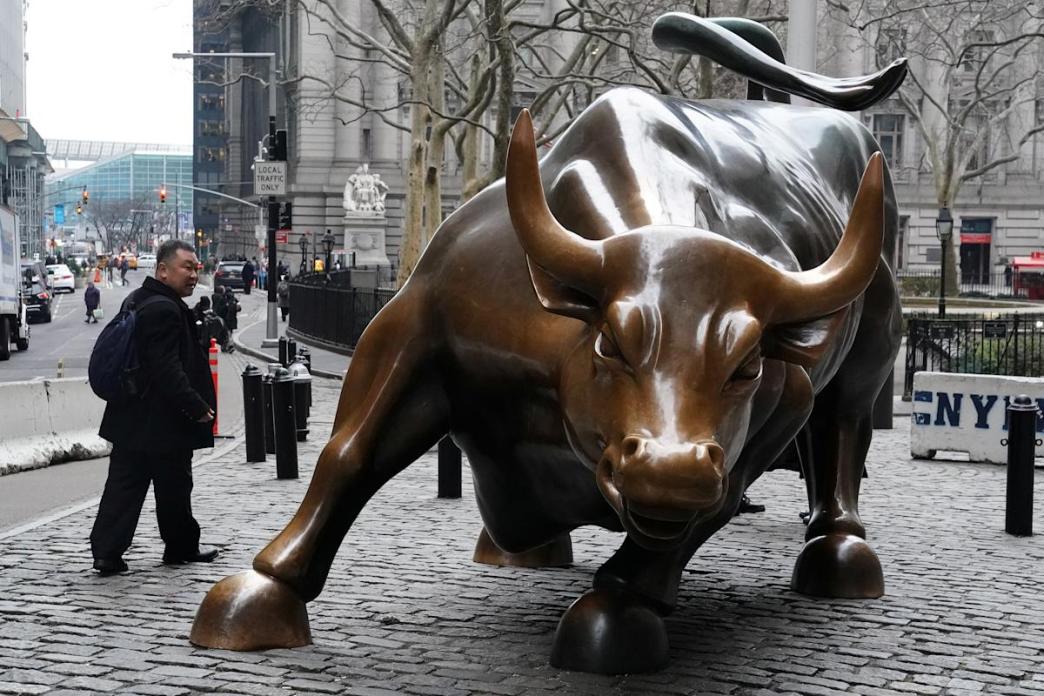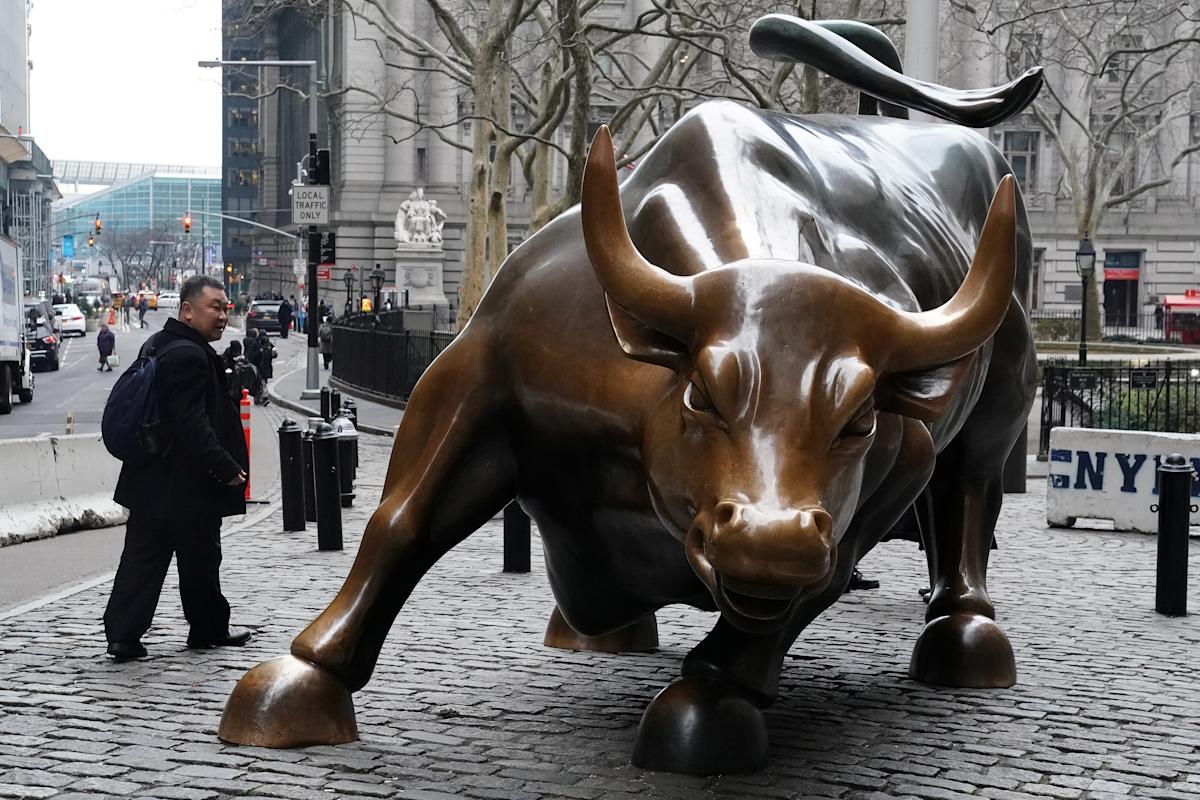Signs of stock market ‘euphoria’ on the rise as markets cap 5-day streak of record highs
Investor euphoria is back.
Stocks hit a record high each day last week, bitcoin is surging, and meme stocks are once again back in vogue.
And while Wall Street isn’t sounding the alarm just yet, some are watching the data with growing unease.
Citi’s Levkovich Index, which tracks market sentiment based on hard data like margin levels, short interest, and options pricing, hit 0.65 on Friday, above the 0.49 seen the week prior and well above the 0.38 threshold that signals “euphoria,” or an overstretched position.
Historically, readings at or above this level have preceded weaker returns.
As the chart below shows, markets can often trade at these levels for an extended period of time, but that doesn’t mean the risks to the downside disappear.
“Every incremental uptick in sentiment just increases the downside risk if the positive story breaks,” Drew Pettit, director of US equity strategy at Citi, told Yahoo Finance in an interview.
In other words, elevated sentiment can leave markets more vulnerable to disappointment.
“Bull markets don’t die of old age,” he said, “There has to be a catalyst.”
Recent price action is raising eyebrows. Meme stocks have seen a resurgence in trading volume, coinciding with what Pettit described as a broader decline in hedging activity — a trend that’s captured directly in the Levkovich Index.
Beware the raging bull? Pictured on Wall Street. (Photo by Nicolas Economou/NurPhoto via Getty Images) · NurPhoto via Getty Images
Potential triggers to reverse the recent run-up could include a global slowdown, trade tensions, weaker consumer spending, or an AI letdown, all of which could challenge the bullish narrative that’s propelled stocks in recent months.
“Where it gets unhealthy is when people forget there’s downside,” he said. “You just throw risk out the window.”
Speculative growth names, particularly unprofitable tech companies, have surged since the April market bottom.
Goldman Sachs’ Non-Profitable Tech Index, which tracks US-listed tech firms that haven’t yet generated positive GAAP earnings, is up about 65% from its spring lows and now sits at its highest level since 2022, according to Bloomberg data.
And the firm’s Speculative Trading Indicator has also risen sharply in recent months, which, as Goldman’s Ben Snider wrote Friday, “signals near-term upside risk for the broad equity market but also increases the risk of an eventual downturn.”
Still, the current market setup differs meaningfully from past periods of excess like the dot-com boom or the post-pandemic melt-up, according to Citi’s Pettit.
Both of those periods have widely been viewed in hindsight as “bubbles,” stretches when asset prices soared well beyond their intrinsic value, driven by speculation, momentum trading, and investor exuberance disconnected from underlying fundamentals.








